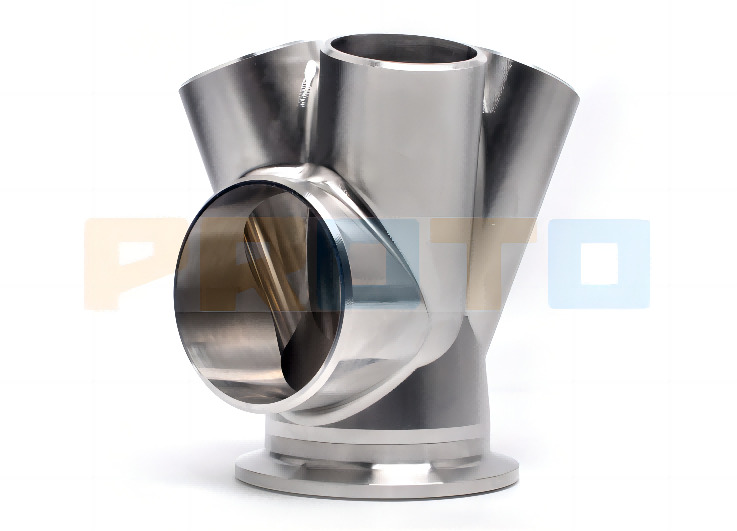Stainless steel is just one of many types of steel. It is known for its strength and durability, even in wet or corrosive environments. This makes it a very popular metal for consumer products and industrial applications.

This article explains the many benefits of using stainless steel in products as well as the challenges of using stainless steel. CNC machining is a precise and efficient manufacturing method for a variety of materials, including metals and non-metals. The popularity of stainless steel as a machining material stems primarily from its unique balance of properties.
Stainless steel is relatively hard and has high mechanical strength, which can be further improved through heat treatment. To add to its impressive mechanical durability, stainless steel parts are extremely resistant to corrosion and chemical deterioration. They can maintain their impressive properties even at higher temperatures that cause many other materials to weaken or even melt.
Generally speaking, the main choices designers consider for stainless steel are aluminum or titanium alloys. Depending on the alloy used and the conditions experienced, they can all offer impressive corrosion resistance.
Stainless steel alloys fall between those of aluminum and titanium in terms of strength, hardness, workability ratings, and temperature resistance. However, stainless steel is also generally less expensive than aluminum or titanium alloys and has better weldability. But that doesn’t mean it doesn’t bring some challenges.
Challenges of machining stainless steel
Although stainless steel CNC machining has an impressive balance of beneficial properties, it does present some obstacles. Austenitic stainless steels are particularly susceptible to work hardening during machining, which makes them harder. If the machinist is not familiar with stainless steel machining, this will increase tool wear and negatively impact the quality of the finished product.
Additionally, stainless steel tends to have low thermal conductivity, causing heat to build up in the cutting area. Without adequate cooling and proper cutting parameters, these temperatures can be high enough to cause sensitization of the stainless steel. Depending on where the stainless steel part is used, this can mean intergranular corrosion and stress corrosion cracking.
Despite these challenges, experienced machinists with the right tools and equipment can reliably create high-quality parts when CNC machining stainless steel.
Using Stainless Steel to Make Machined Products
Stainless steel is an excellent choice for making strong and durable products. It offers a great combination of attributes at a reasonable cost. Producers concerned about machining efficiency can choose alloys such as SS 416 that offer better machining properties. Overall, while stainless steel may be more challenging to machine, the benefits are often worth it.
This article discusses the advantages and disadvantages of CNC machining stainless steel. If you would like to learn more please contact a PROTO MFG sales representative.
PROTO MFG provides a wide range of manufacturing capabilities and other value-added services for all of your prototyping and production needs. Visit our website to learn more or to request a free, no-obligation quote.